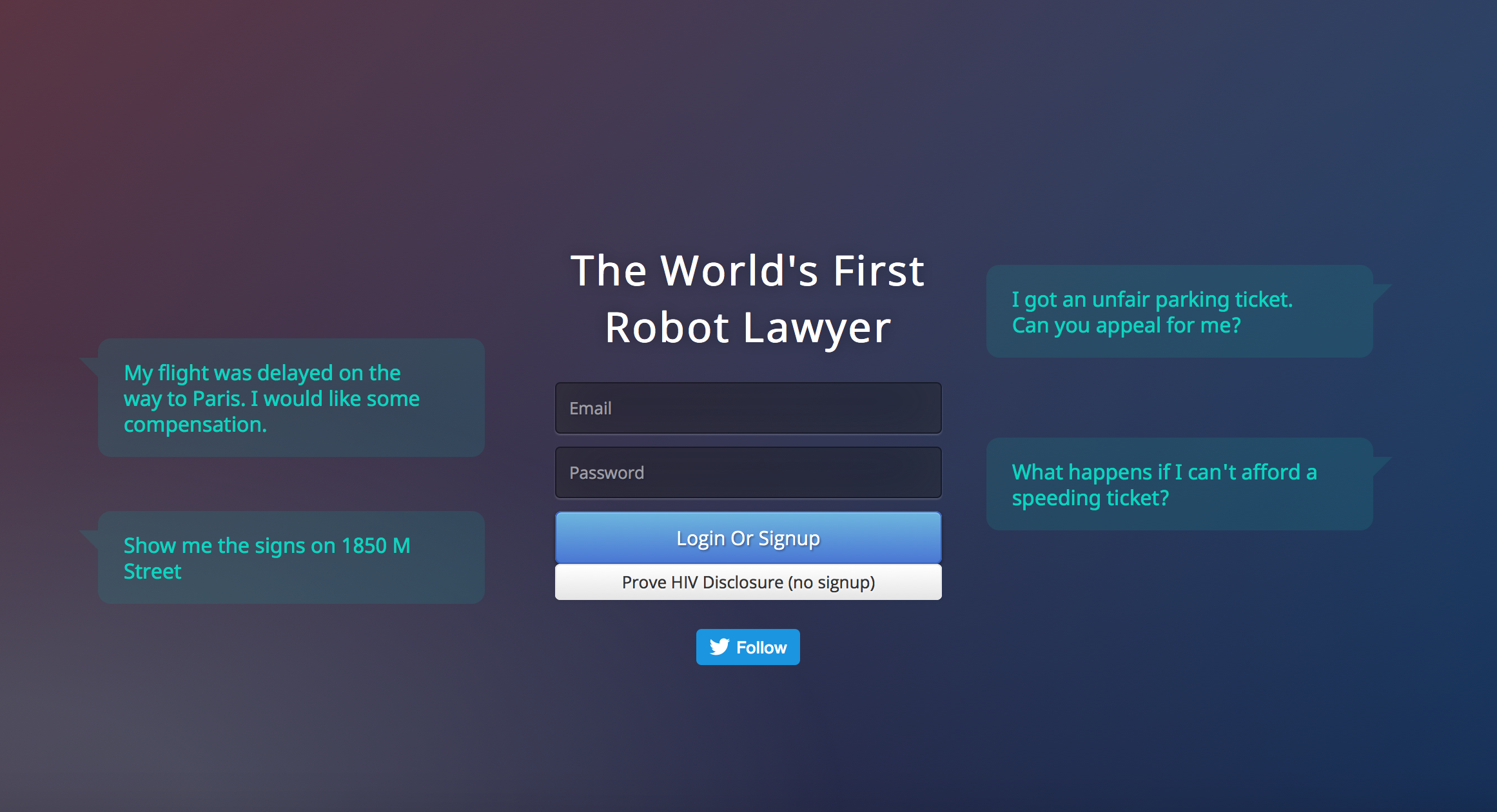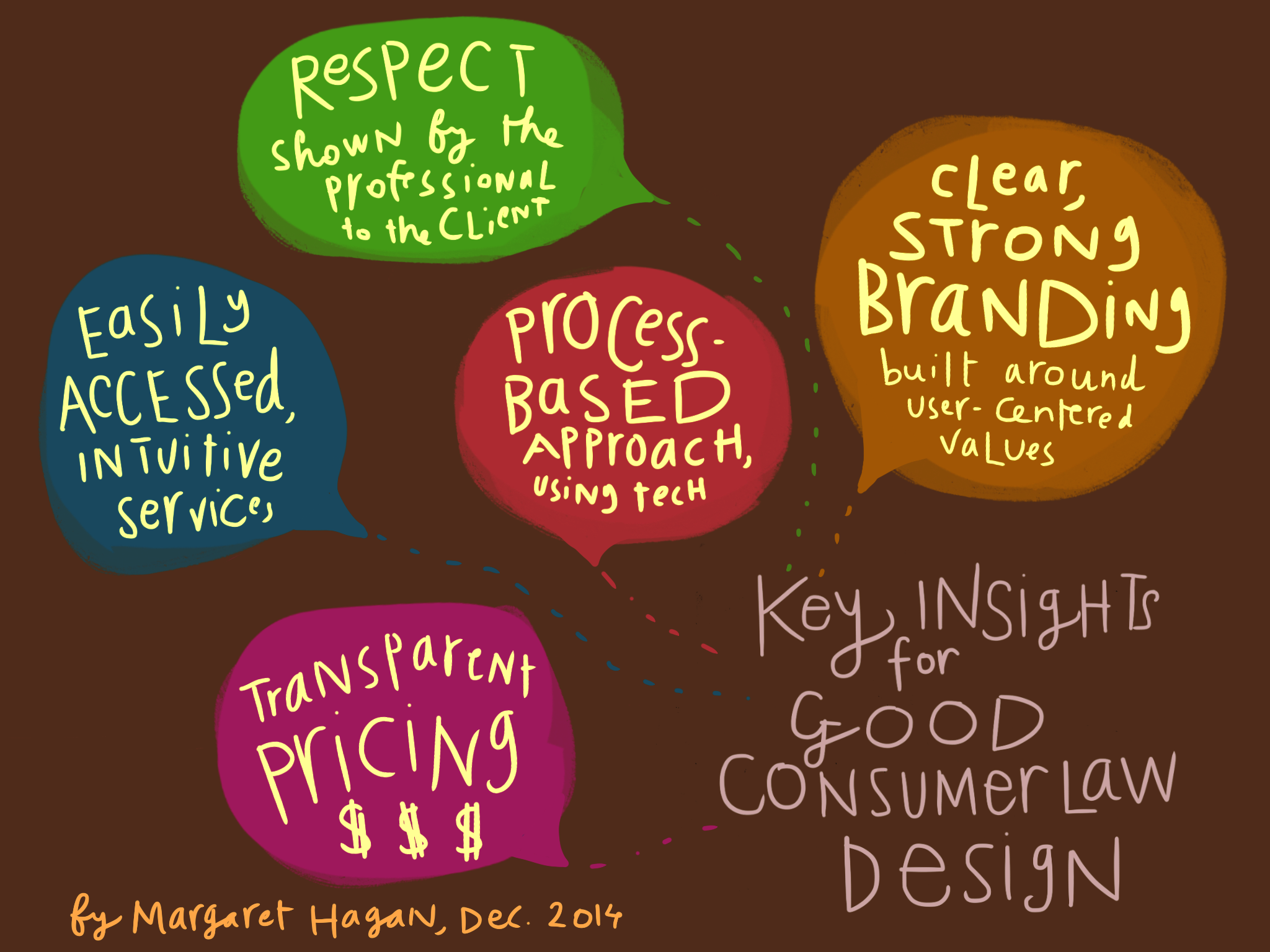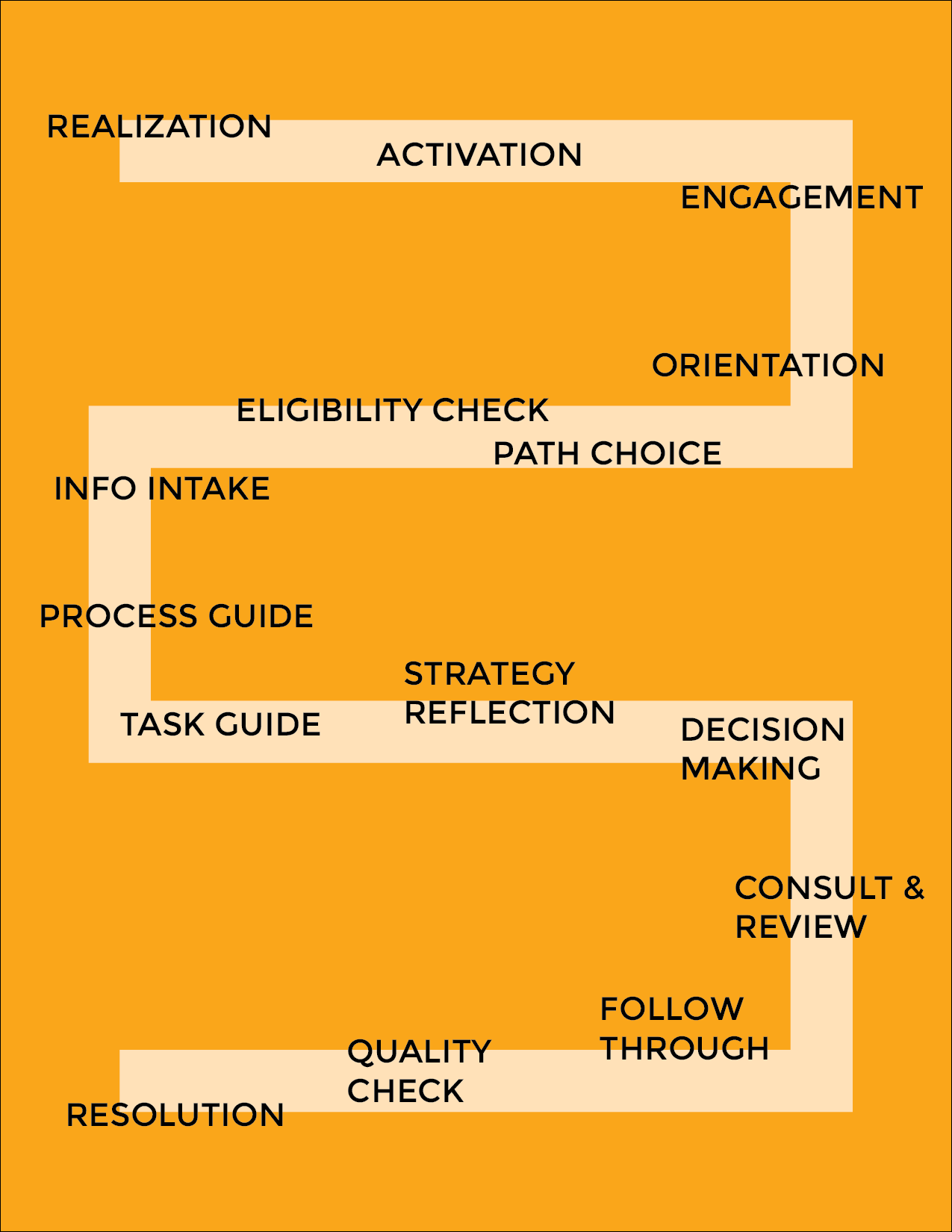Last week, it was great to see a short article making the rounds about a new chat-bot legal service coded and launched by a Stanford undergrad student, Joshua Browder. It’s DoNotPay, a bot that asks the user questions and figures out if they can get out of parking tickets or compensated for another ‘service gone wrong’.
The app is a conversational interface put on top of an expert system. The hype mainly seems to be around the term “robot lawyer” (note: if you want to get mainstream coverage about the legal services innovation, use the words “robot lawyer,” include the talking point that lawyers are going to be replaced with tech/robots, and the blogs/press will go crazy! This is one narrative they seem to feed on).


Once you choose if you’re interested in clearing a parking ticket in the UK, or claiming for a delayed EU-related flight, then the app asks you a series of questions about your case and details. Then it lets you fill out a claim and send it on to the correct authority.
The flow is simple, direct, and quick.



This app relates back to a new family of consumer-law web apps that have sprung up in the past few years, all focused on helping people make claims, recover money, and and deal with horrible customer service from corporations and government agencies.
It also calls back to the winning app of this year’s CourtHack, in which the winner was (get ready for it…) Robot Lawyer! This app was a conversational user interface, that looks like a phone messenger, that guides people through figuring out what form to be filling out and how to do it.
Again, the underlying expert systems have been around in legal tech since the 1980s — asking people questions, and taking them along a decision tree until they get to a diagnosis/outcome, and then helping them take action on their situation.
What’s new and exciting is the interface. It’s stripped down of clunky text and too many options. It is extremely focused, with one question at a time. It’s conversational, with direct questions from the ‘bot’ to the person. And it looks like it’s from 2016, rather than 2002. The interface design makes a huge difference in user experience.
End-users respond to the simplicity and the conversationality. There is going to be more and more of these chat-bots coming out for specific legal diagnoses, form completion, claim submission, and more.
The good news for legal service providers is that this type of interface is a relatively simple one to implement (no fancy graphics or complex interactions) and is extremely mobile-friendly (which has to be one of the top priorities for legal service providers reaching out to lay people). Whether it’s converting existing expert-systems and document assembly programs, or creating new ones, the chat-bot model has huge promise to make lightweight, user-friendly legal services.





2 Comments
So excited about this I’ve been playing around with the free chat bot from ChatFuel. You should check out Chatfuel. Hav you met josh yet?
No I haven’t, but feel free to send an intro!